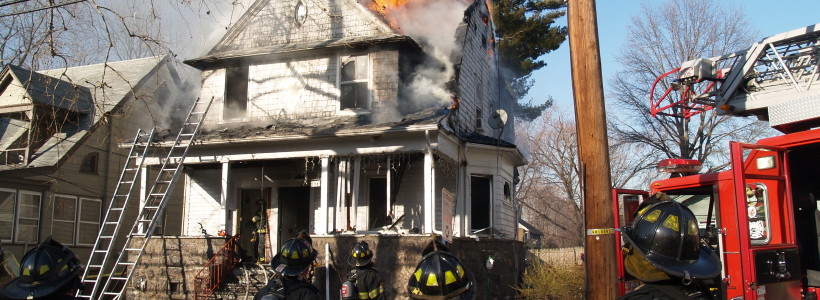5 Unsafe Things We Do In A Dangerous Profession
Dangerous Does Not Mean Unsafe
Certainly, we all know the profession of firefighting is dangerous. However, that does not mean it is unsafe. On the surface, “dangerous” and “unsafe” are synonymous. If we dig a little deeper into the meanings, however, we find that while the profession is inherently dangerous, our actions (or inactions) are what makes it unsafe.
Here are some of the most unsafe things we can do, and how to correct them.
#1 – Not Wearing A Seatbelt
There is no reason for us to not be seated and belted while in a responding apparatus. We should be fully bunkered before boarding the apparatus, and donning our SCBA can be done while wearing a seatbelt.
#2 – Lack Of PPE
There is no excuse for not using all of the PPE available to you. Wear ALL of your gear and your SCBA ALL of the time. This includes roof operations and overhaul.
#3 – Lack Of Tools
Hand tools are a must for crews operating in or on a burning structure. They won’t do us any good sitting on the apparatus. Also, we should use the pockets on the PPE we are wearing. We should have webbing, flashlights, wire cutters, and other similar tools stowed in our gear.
#4 – Freelancing
By now, many of us have seen how important the management of air flow is on the modern fire ground. So, running around breaking windows or opening doors without coordinating those actions with the other activities on the fire ground is going to cause major problems. We must make sure we understand how our actions will impact the entire operation and coordinate them through our officers.
#5 – Not Exercising And Eating Well
For years, the leading cause of line of duty deaths (LODDs) has been cardiac related events. Things such as heart attacks and strokes continue to kill firefighters. Research has shown that the job itself increases the risk for these types of problems, so it is vital that we take steps to remain fit and healthy. Not doing so is a disservice to ourselves, our brothers and sisters, and our customers.
Operating in a safe manner is the job of every firefighter. Our profession is a dangerous one, but that does not exclude us from taking steps to ensure we carry out our calling in the safest manner possible. Have the courage to follow these recommendations — even if no one else around you is.
Photo courtesy of Bret Dzadik.






Great article Chief! All of these points are easily preventable and we are our own worst enemy at times. Keep up the great work!
Thanks John!